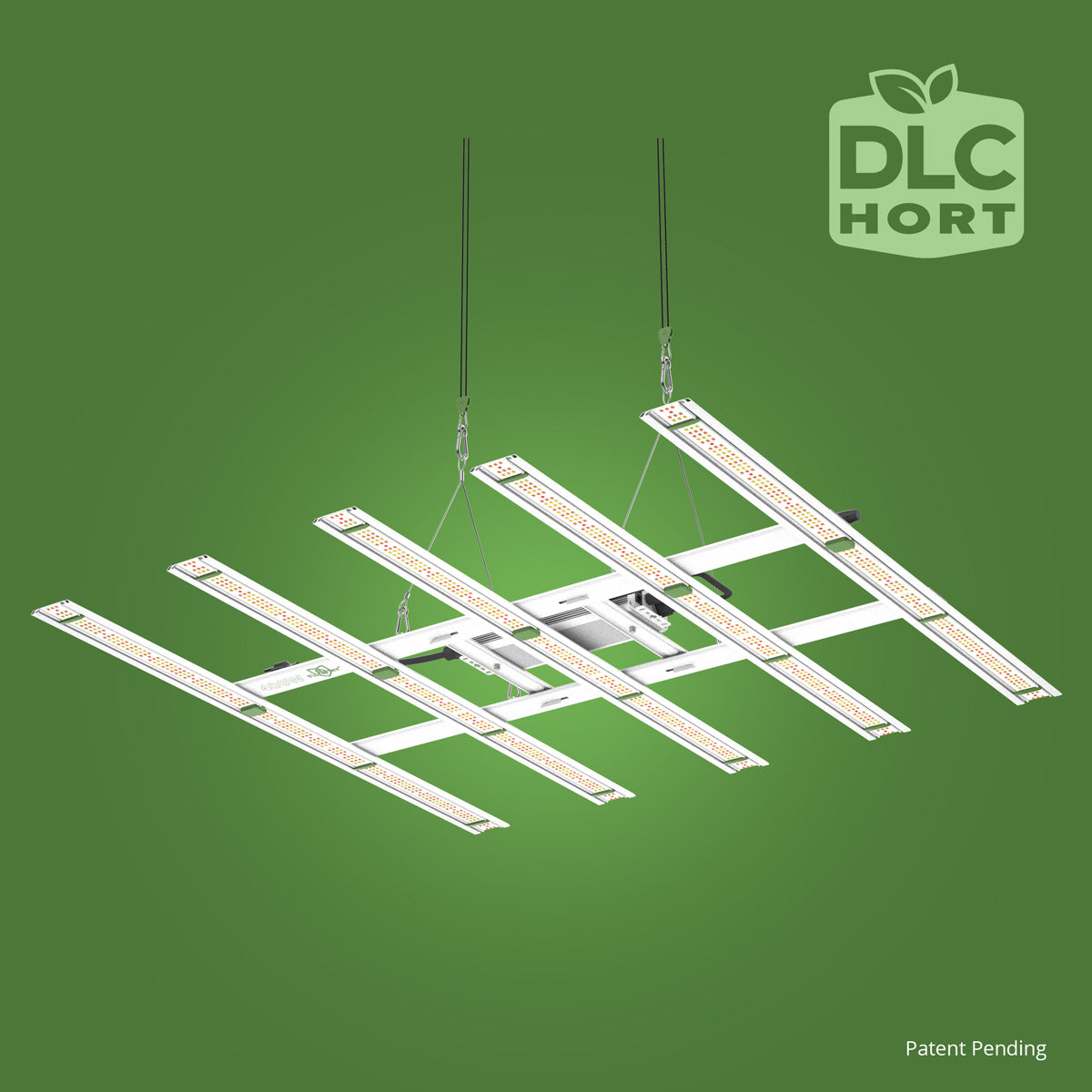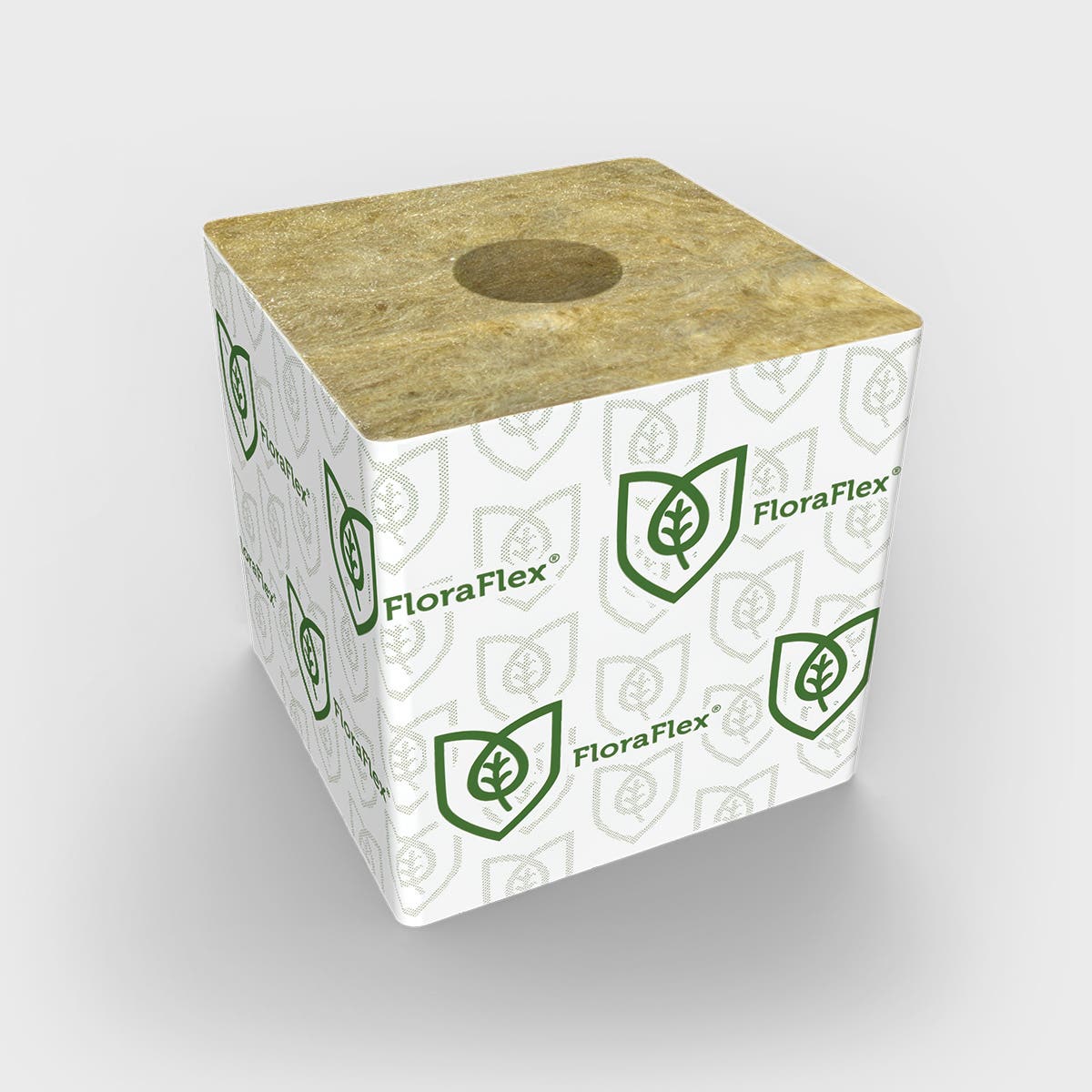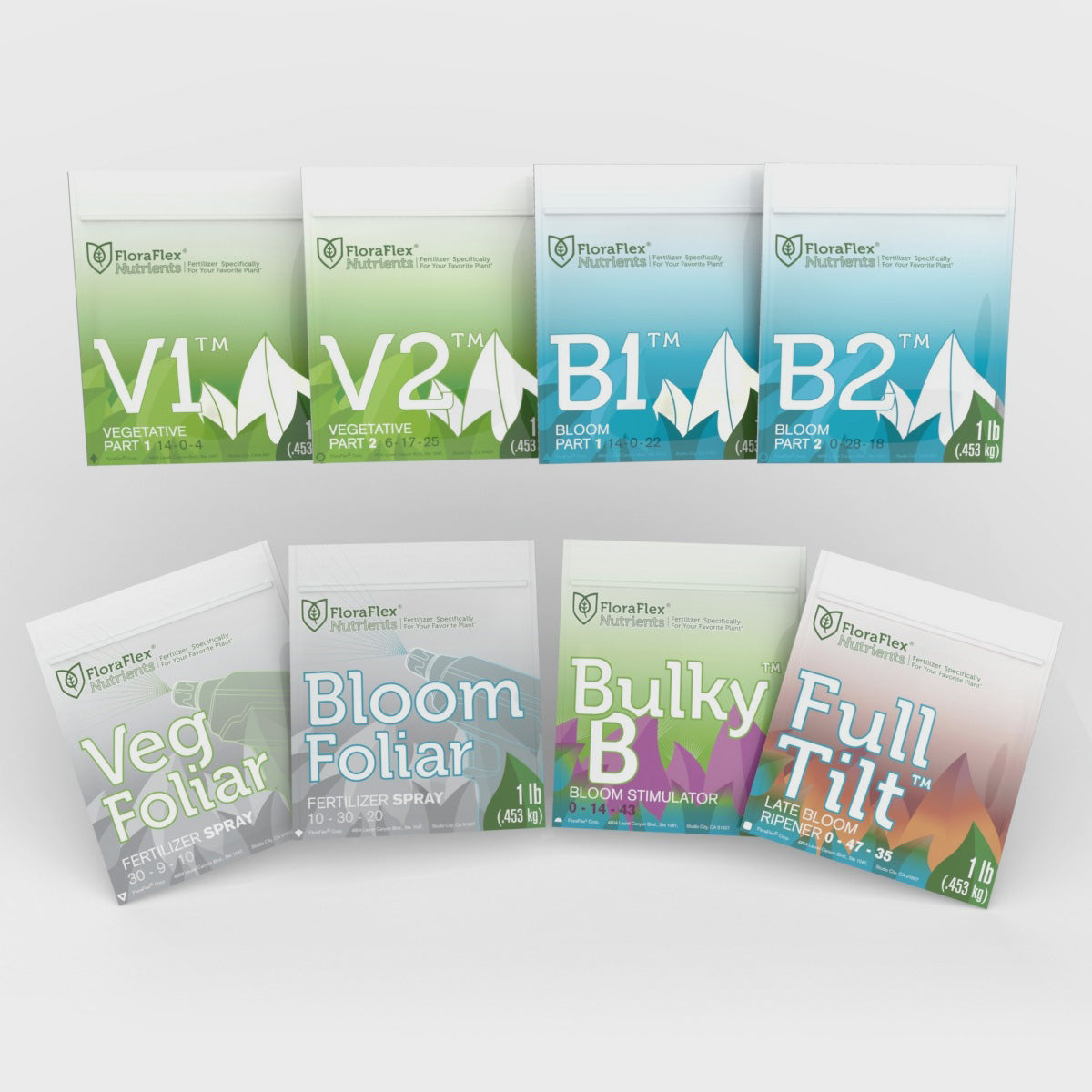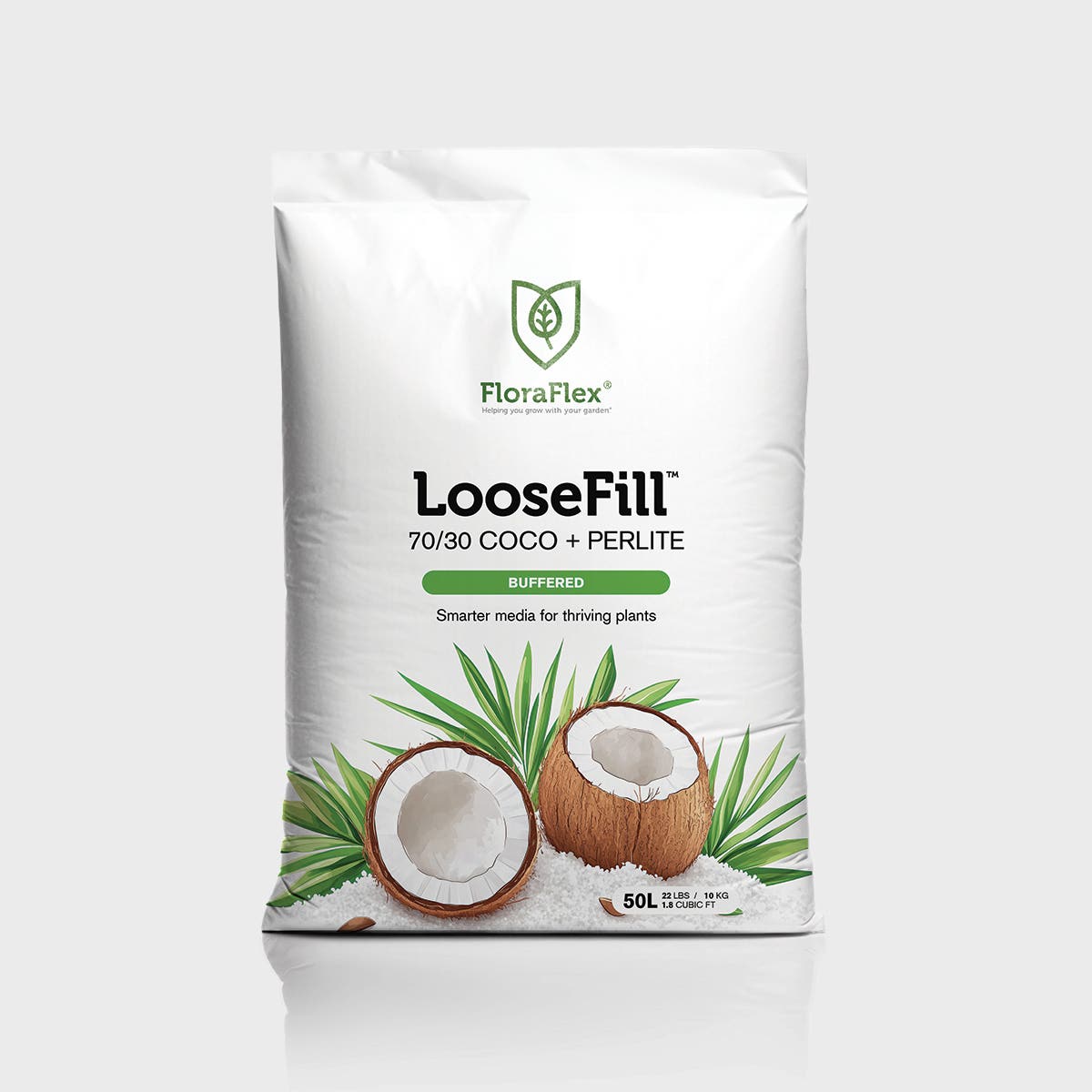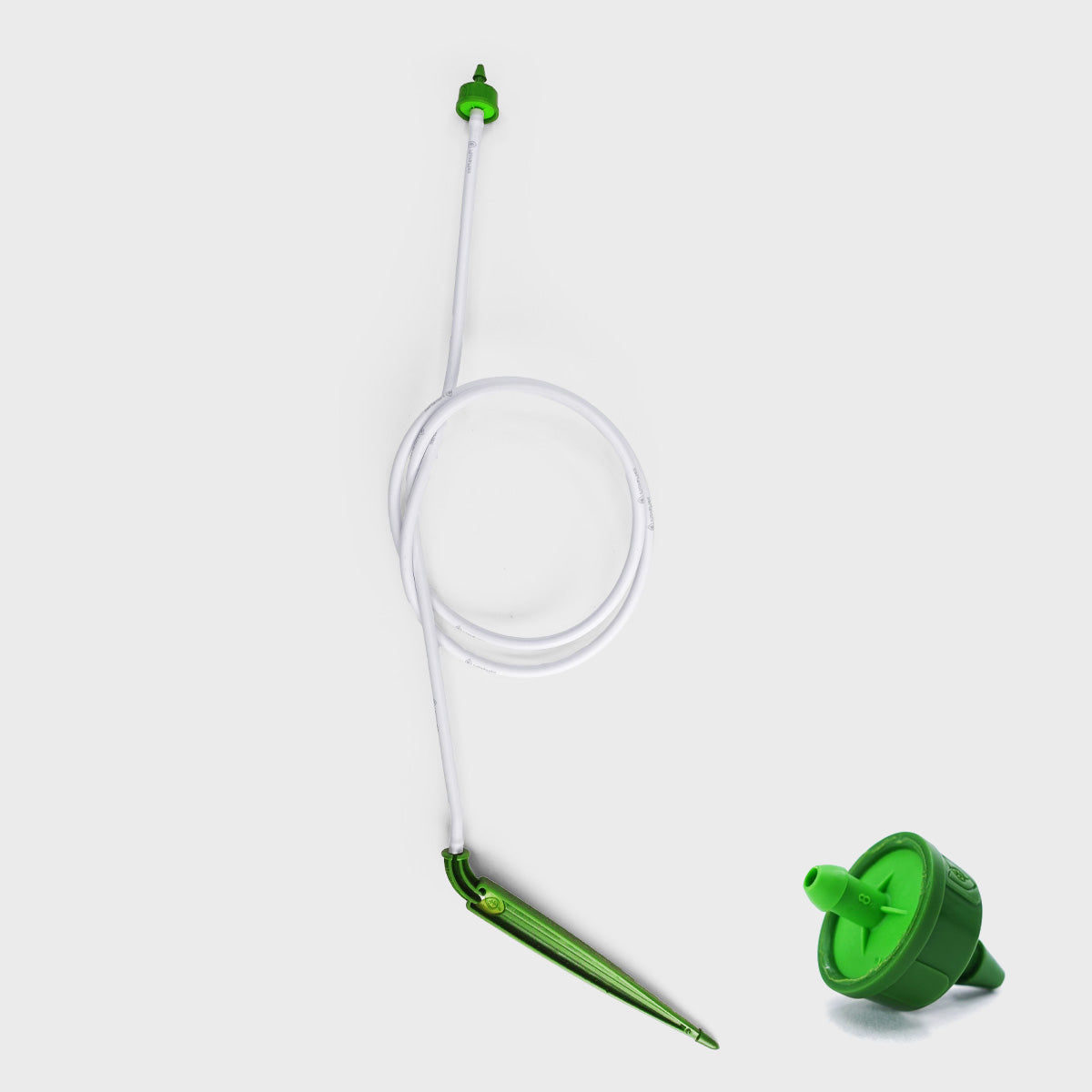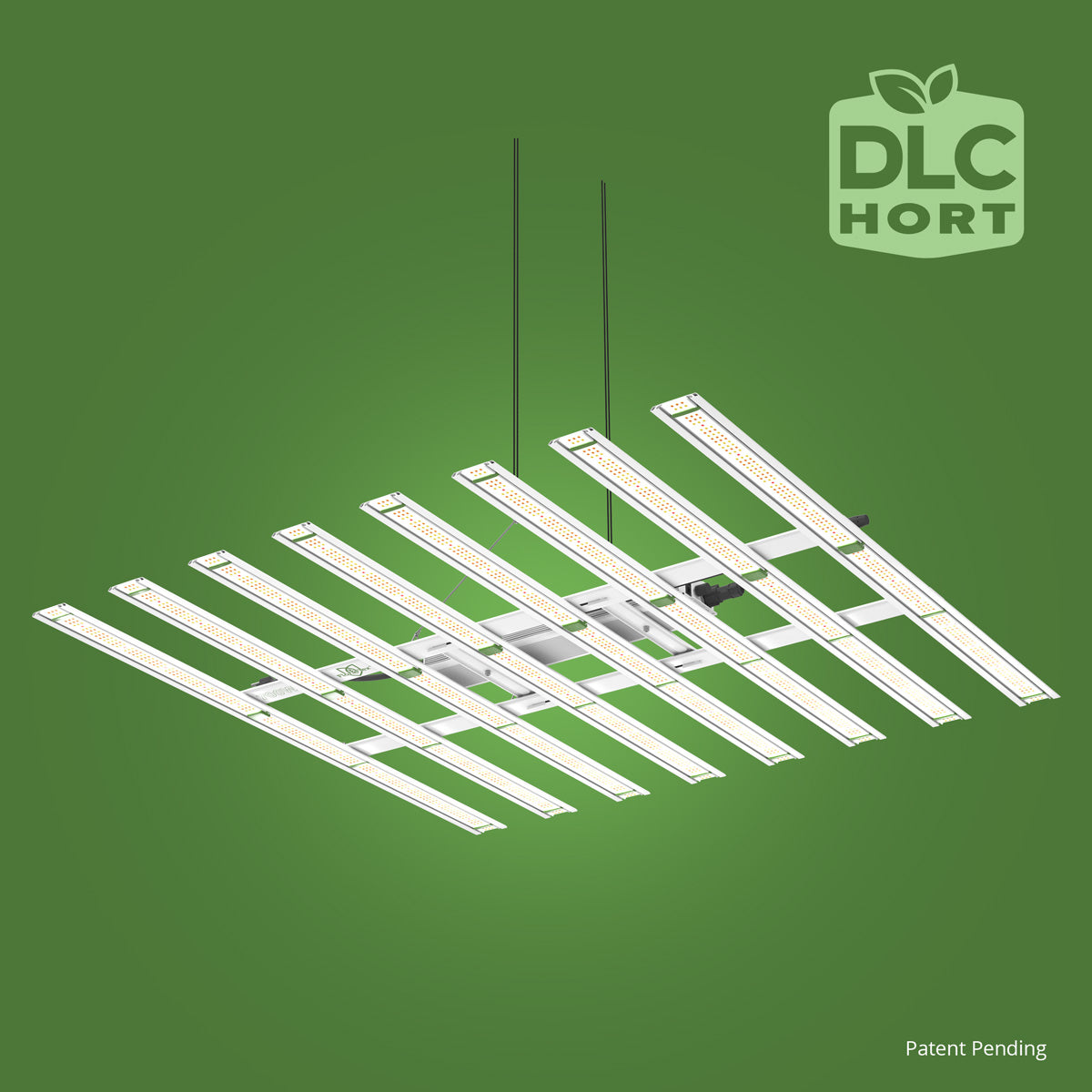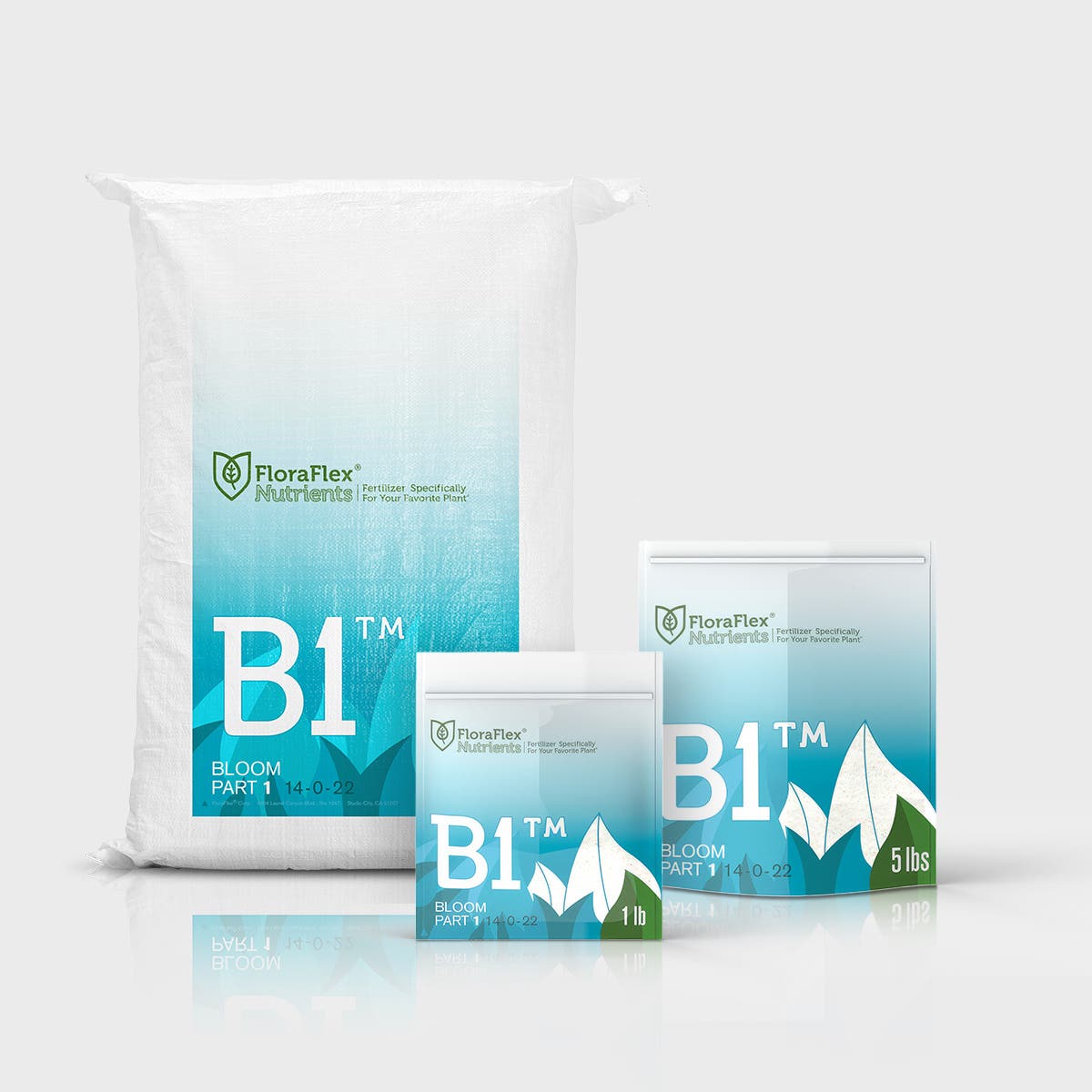Before we delve into the specifics of flushing a hydroponic setup, let's first understand what it entails. Hydroponics is a soilless gardening technique that relies on a carefully balanced nutrient solution to deliver essential elements directly to the plant roots. Over time, mineral salts and residues from fertilizers can accumulate within the system, potentially leading to nutrient imbalances and reduced plant growth. Flushing helps remove these excess salts and cleanse the system, ensuring optimal nutrient uptake and plant health.
What is a Hydroponic Setup?
A hydroponic setup is a controlled environment where plants grow in a soilless medium, such as coconut coir, rockwool, or perlite, with their roots submerged or periodically exposed to a nutrient-rich solution. The setup typically consists of a reservoir, a pump, a growing medium, and a means to provide light and air circulation. This method allows plants to grow more efficiently and with greater precision compared to traditional soil-based gardening.
Benefits of Using Hydroponics
Hydroponics offers several advantages over conventional soil-based gardening methods. Firstly, it allows for water conservation, as hydroponic systems use significantly less water than traditional methods. Secondly, plants grown hydroponically tend to grow faster and produce higher yields due to the optimized nutrient delivery and controlled growing conditions. Additionally, hydroponics enables year-round cultivation, regardless of geographical location or climate. It also reduces the risk of pests and diseases, as soil-borne pathogens are eliminated.
Understanding the Flushing Process
Flushing a hydroponic setup involves thoroughly rinsing the system to remove accumulated salts and residues that may hinder plant growth. These salts can build up over time due to the constant addition of nutrient solutions. Flushing helps prevent nutrient lockout, where excess salts interfere with the plant's ability to absorb essential minerals. By removing these deposits, you restore the system's balance and ensure proper nutrient uptake.
Why Flush a Hydroponic Setup?
Flushing a hydroponic setup serves multiple purposes. Firstly, it removes excess nutrient salts, preventing nutrient imbalances and ensuring optimal plant growth. Secondly, it helps maintain the pH levels within the desired range, as excessive salts can affect pH stability. Lastly, flushing helps clean the growing medium and the entire system, preventing the accumulation of harmful bacteria or algae.
When to Flush a Hydroponic Setup
Knowing the right time to flush your hydroponic setup is crucial. Generally, it is recommended to flush the system every few weeks or whenever you notice signs of nutrient imbalance, such as discolored leaves, slow growth, or a significant increase in nutrient solution conductivity (EC). However, the frequency may vary depending on the specific plants you are growing and the type of nutrient solution used. Regular monitoring of pH and EC levels will help you determine when flushing is necessary.
Step-by-Step Guide: How to Flush a Hydroponic Setup
Follow these steps to successfully flush your hydroponic setup:
7.1. Gather the necessary materials
Before you begin, ensure you have all the required materials, including pH testing kit, EC meter, flushing solution, clean water, and a container for the nutrient solution.
7.2. Prepare the flushing solution
Mix the flushing solution according to the manufacturer's instructions. This solution is specifically designed to remove excess salts and clean the system thoroughly.
7.3. Drain and clean the reservoir
Completely drain the nutrient solution from the reservoir and remove any debris or residue. Clean the reservoir using mild soap or a diluted hydrogen peroxide solution to ensure it is free from any contaminants.
7.4. Flush the growing medium
Slowly pour the flushing solution through the growing medium, allowing it to displace any accumulated salts. Ensure the solution reaches the root zone, but avoid over-saturating the medium.
7.5. Monitor the pH and EC levels
After the flushing solution has passed through the system, measure the pH and EC levels to ensure they are within the desired range. Adjust if necessary.
7.6. Refill and balance the nutrient solution
Once the flushing process is complete, refill the reservoir with fresh nutrient solution, ensuring it is properly balanced. Monitor the pH and EC levels regularly to maintain optimal nutrient delivery.
Common Mistakes to Avoid
While flushing a hydroponic setup, it's important to avoid common mistakes that can negatively impact plant health and system performance. Some common mistakes include:
- Over-flushing: Excessive flushing can deplete essential nutrients and disrupt the system's balance. Follow the recommended guidelines for flushing frequency.
- Using the wrong flushing solution: Different growing mediums require different flushing solutions. Ensure you choose the appropriate product for your specific setup.
- Neglecting pH and EC monitoring: Regularly measure pH and EC levels during and after flushing to maintain the correct nutrient balance.
Tips for Successful Flushing
To ensure successful flushing of your hydroponic setup, consider the following tips:
- Follow the instructions: Read and follow the manufacturer's instructions when using flushing solutions or any other hydroponic products.
- Maintain cleanliness: Keep the entire system, including the reservoir and growing medium, clean and free from debris to prevent the buildup of harmful substances.
- Monitor plant health: Observe your plants for any signs of nutrient deficiencies or imbalances. Adjust the nutrient solution accordingly and flush as needed.
- Regularly calibrate pH and EC meters: Accurate measurements are crucial for maintaining the optimal nutrient balance. Calibrate your meters regularly to ensure their accuracy.
- Stay consistent: Establish a regular flushing schedule and stick to it. Consistency will help maintain a healthy and productive hydroponic system.
Flushing a hydroponic setup is a vital maintenance task that ensures the long-term health and productivity of your plants. By removing excess salts and residues, flushing helps maintain the system's balance and optimizes nutrient uptake. Remember to follow the step-by-step guide provided, avoid common mistakes, and implement the tips mentioned for successful flushing. With proper care and regular maintenance, your hydroponic setup will thrive and provide you with abundant, healthy crops.

